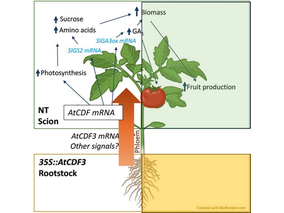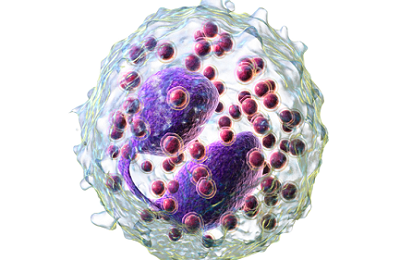Enzyme immobilization is a biotechnological practice widely exploited in different industrial areas. Recently, several nanoscaffolds are being developed for their use in enzyme nanoimmobilization. These developments derive from the interesting advantages of nanoimmobilization over more traditional immobilization approaches. In the present development the lipase B from Candida antarctica has been covalently immobilized on a scaffold formed by viral nanoparticles derived from a potyvirus. The specific activity of the nanoimmobilized enzyme was several times higher than the commercial enzyme’s one.
Original Paper:
Cuenca, S; Mansilla, C; Aguado, M; Yuste-Calvo, C; Sánchez, F; Sánchez-Montero, JM; Ponz, F. 2016. "Nanonets derived from turnip mosaic virus as scaffolds for increased enzymatic activity of immobilized Candida antarctica lipase B". Frontiers in Plant Science. DOI: 10.3389/fpls.2016.00464".

The research team observed changes in head circumf...

AtCDF3 gene induced greater production of sugars a...

Un estudio con datos de los últimos 35 años, ind...

En nuestro post hablamos sobre este interesante tipo de célula del...

La revista ‘Nature Protocols’ selecciona esta técnica como “pro...
Biotechnology portal in Spain
Subscribe to our newsletter and stay up to date with the latest news and deals!
2013 © Biotech-Spain.com - Site Developments SL. All Rights Reserved. Terms of Service | Privacy Policy
Articles
Directory
